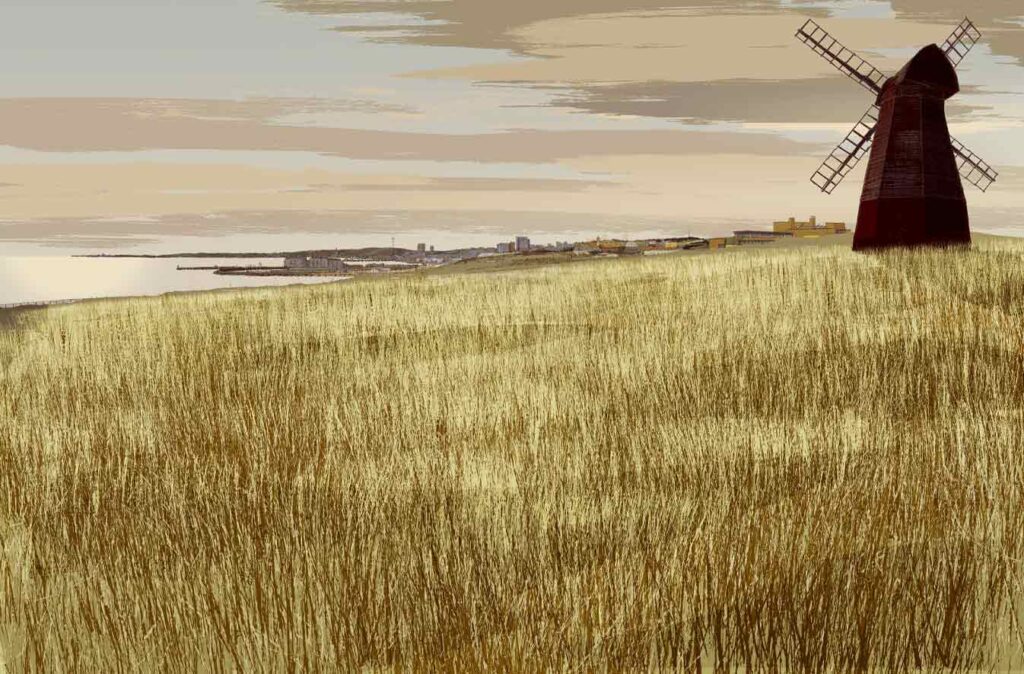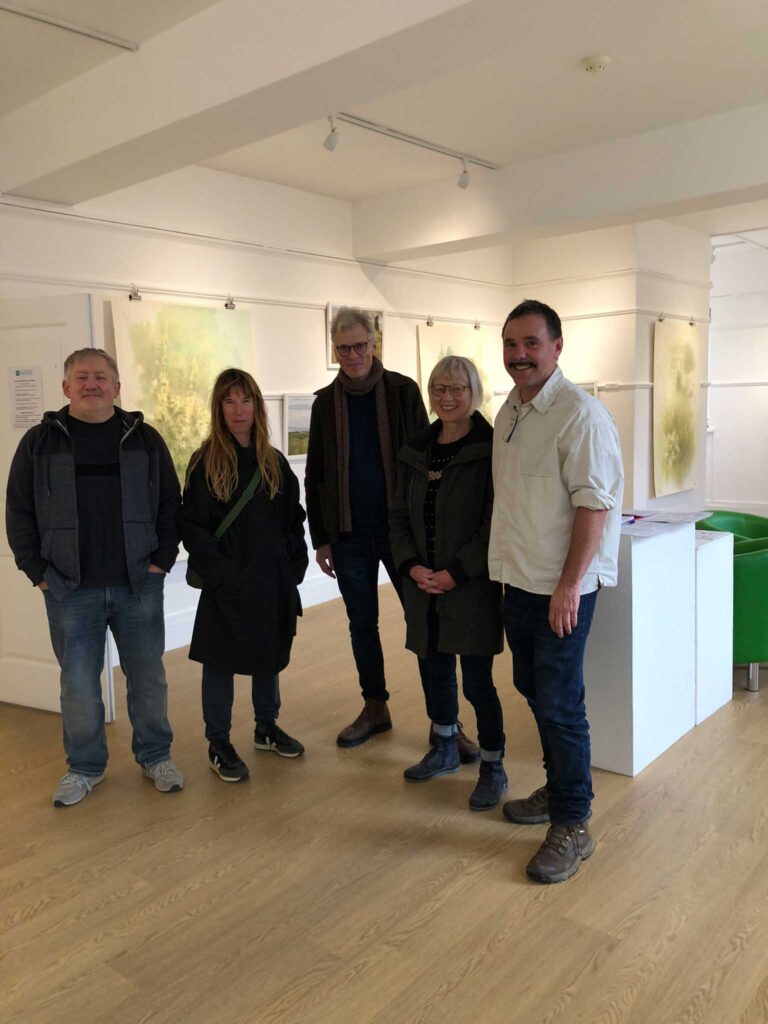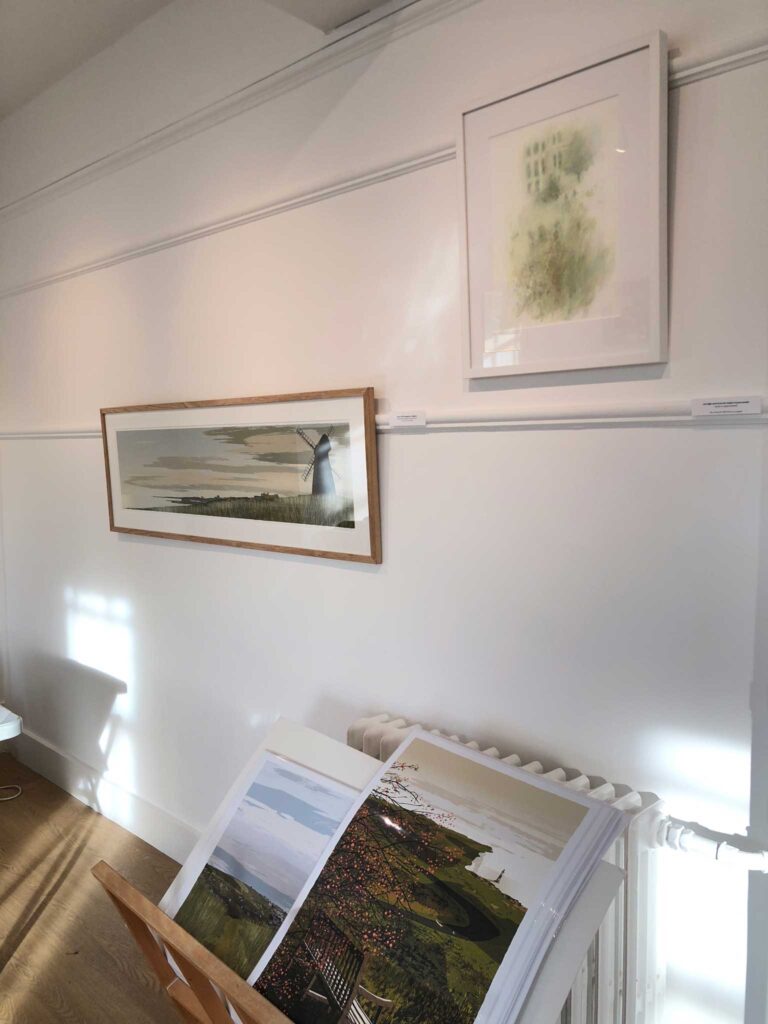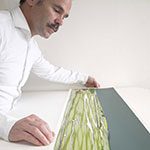A Dose of the Picturesque. Alej ez & Dee Ferris
The Grange, The Green, Rottingdean, Brighton BN2 7HA
An art show between my artist friend Dee Ferris and at the the Grange Gallery in Rottingdean.
13th to 24th November 2024
Wednesday – Saturday 10am – 4pm
Sunday 1pm – 4pm
Artist Conversation Event Sunday. 17th November 2 pm
A conversation event between the two of us to discuss the relevance of the Picturesque in our current times. Walk and talk around the gallery
Exhibition statement
A dose of the picturesque, an exhibition that questions the romantic theme of the picture perfect natural world, how this matters now more than ever, a conversational show between Alej ez and Dee Ferris.
‘I assure you I sometimes long for a proper spot to write to you in, as I like a dose of the picturesque in my letters.’- Excerpt John Keats’ letter to Tom Keats, 27 January 1818.
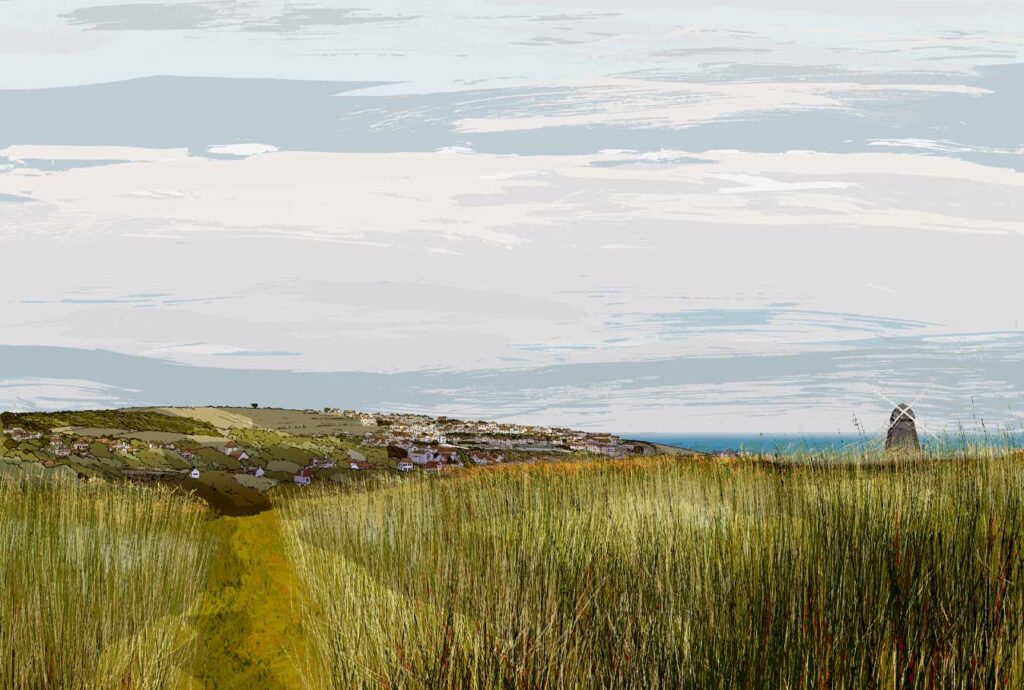




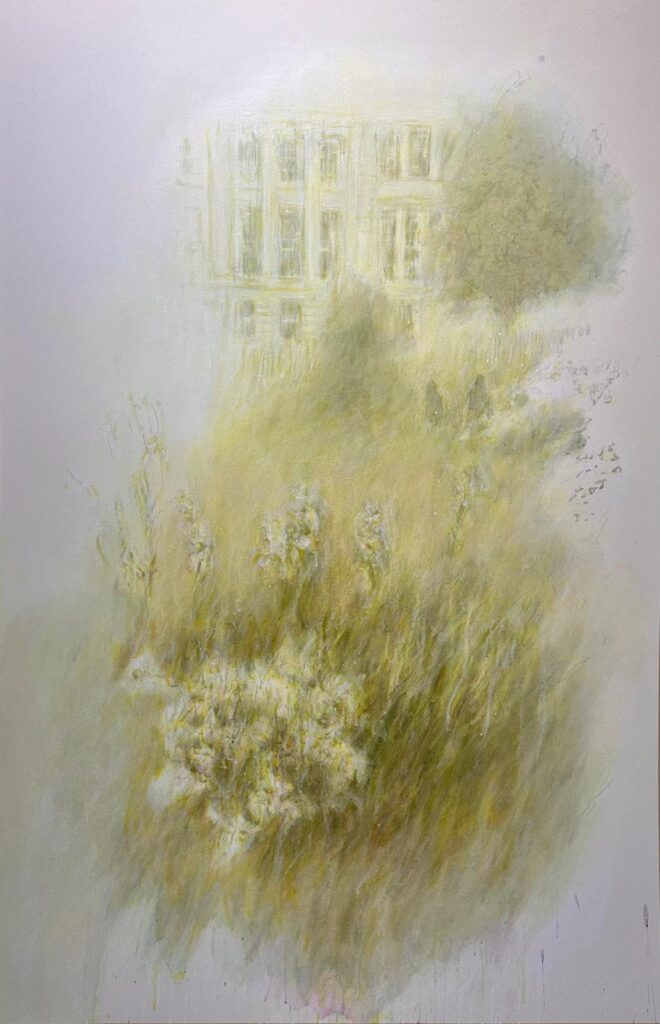
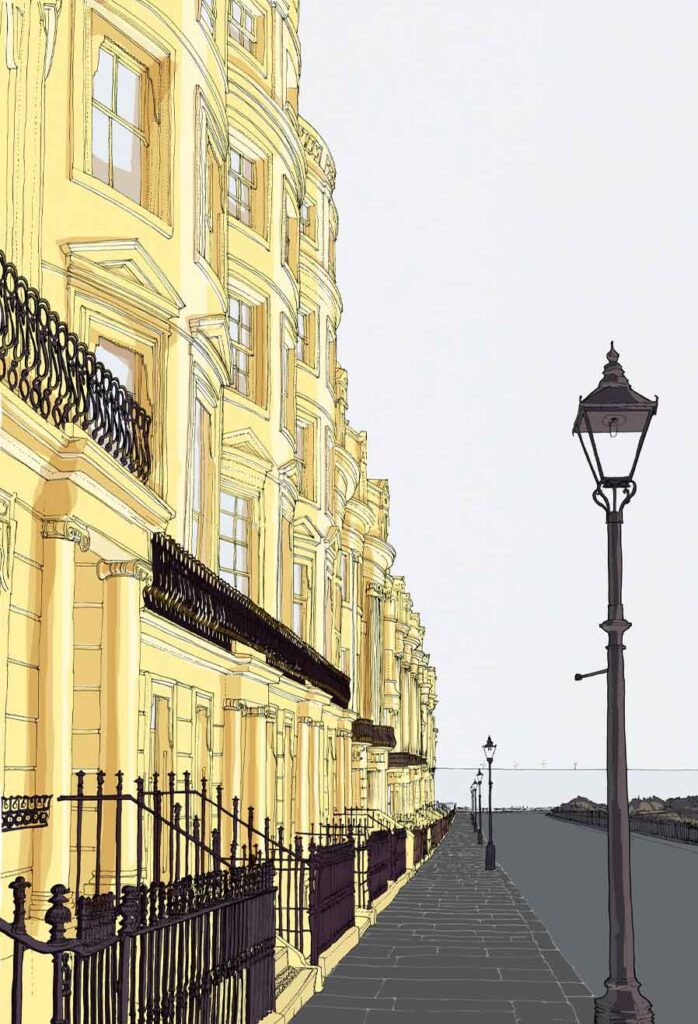
Picturesque
In the second half of the eighteenth century, liking for landscape painting and for looking at the land itself grew quickly. Thoughts about kinds of landscapes or views, seen from a lovely or artful point of view, followed. At one end was the awe-inspiring (fearsome sights such as great mountains); at the other, the fair, the most calm, even pretty sights. In between came the picturesque, views seen as being artful but having bits of wildness or unevenness.
The word “picturesque” means a kind of landscape that looks like art, being fair but also with some bits of wildness. The thought of the picturesque was made by writers William Gilpin (Writings on the River Wye 1770) and Uvedale Price, who in 1794 brought out “An Essay on the Picturesque as Set Against the Awe-Inspiring and Fair.” (Tate Website source)
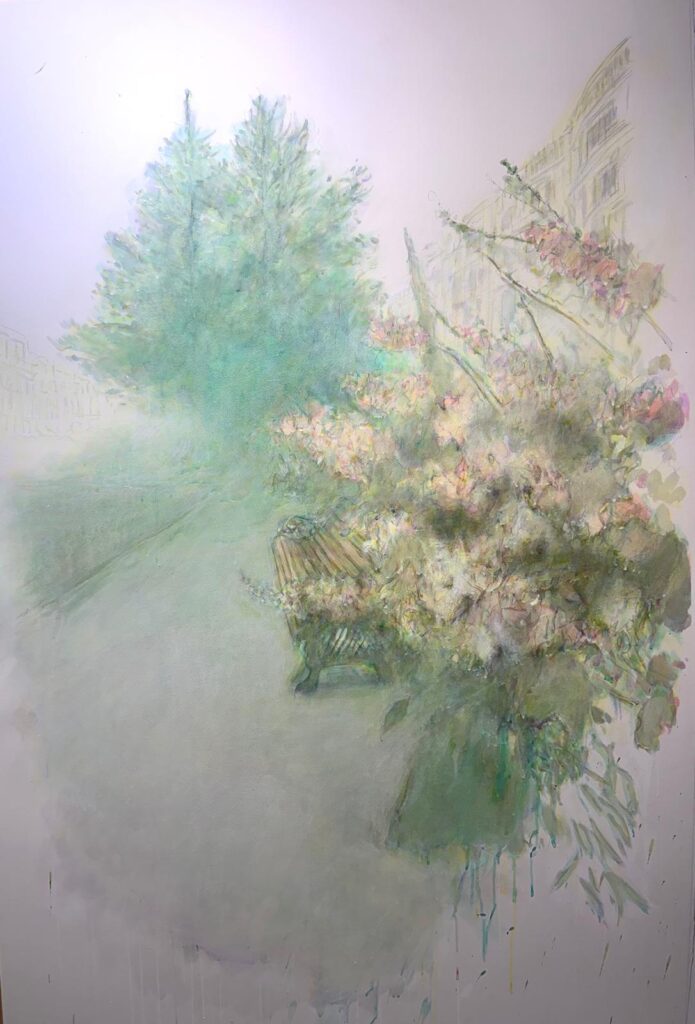
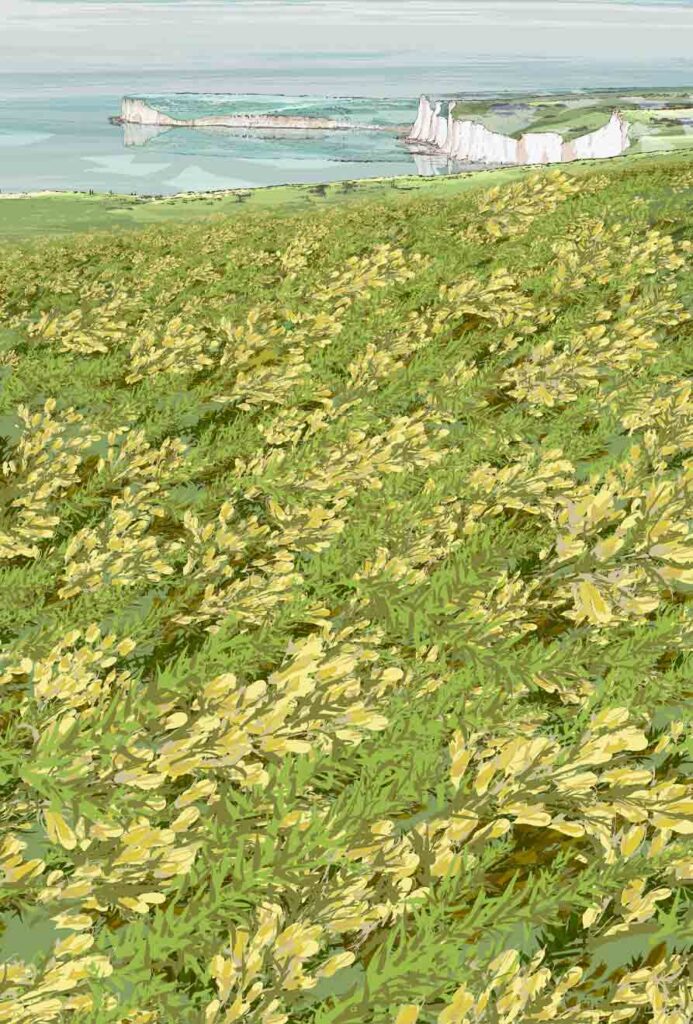
Press Release
A Dose of the Picturesque is a quiet conversation piece between two artists reflecting the moments for connection and repose to be found in the gardens and natural surroundings of their shared locality.
The title of the exhibition refers to the John Keats quote ‘ a doze of the picturesque with which I ought to be contented for sometime’ (letter to Fanny Keats Monday 12 April 1819), and invites a playful revisiting of the aesthetic ideal of the Picturesque, here as an expansive notion which extends beyond the individual and the confines of present.
The exhibition is intended as an unassuming appreciation of the small and seemingly inconsequential moments in time that, while not excluding the darker aspects of existence and uncertainty of the times in which we find ourselves, allows for a cautious celebration of a contemporary suburban pastoral.
For Dee Ferris, the exhibition marks a departure from her recent monumental seascapes, and a return to the Arcadian themes of her earlier paintings. The works on paper she has produced for the show are smaller in scale and more intimate in nature, scenes which both embrace a slightly nostalgic sensibility and allow for a roughness and irregularity, both characteristic of the Picturesque.
Notes and dialogues between Dee Ferris and Alej ez on the validity of Picturesque
2024/11-01
Dee Ferris
A Dose of the Picturesque is a conversation between two artists reflecting on the importance of finding small moments of (beauty and connection) offered in the immediate locality.
Subjects taken from the immediate public spaces in which the artists find themselves daily.
The title of the exhibition refers to the quote “I think if I had a dose of the picturesque I might be contented for a while; as it is I am in a very low state of mind” from John Keats is in his letter to Fanny Brawne dated 4 August 1820, and reflects on the long history of the Picturesque in Art, and at the same time invites a reappraisal of what, in the context of current ecological concerns… inclusivity
could ‘Picturesque’ be seen as a redundant/irrelevant genre?
investigating the aesthetic ideal of the Picturesque
dialogue
not escapist
Or exclusive/excluding
Picturesque as both an intimate space and a moment in time
Space in which to find solace and opportunity for renewal and reinvigoration/revitalisation
Dee Ferris, whose recent work – departure from sublime… back to … Arcadia…
Dee Ferris
The Picturesque as:
mediator between the opposed ideals of beauty/the pastoral and the sublime
Natural scenes characterized by a feeling of awe, serenity, and allure.
Roughness, irregularity
Garden as retreat
Place of seclusion, contemplation, delight and repose (rest and repair)
Doorway into secret world of the imagination
Away from Material realm
But not escapist
Denying death/eco concerns
Post-lapserian
Death present
Time passing
Et in Arcadia ego
Extends beyond private realm
Shifts status as enclosed space
Private intimate deeply individual
And wide open at same time
Made by many hands
To form part of a cherished common-wealth
While retaining their intimate and wayward qualities where individual creativity can flourish
Olivia Laing
Eden is a dream that is carried in the heart
A fertile garden
Time and space for all of us
“A garden out of time, a garden against time, continually occupying the present tense, insinuating itself into the future by way of each new visitor”
2024/11-01
Alej ez
In John Keats’ letter to his brother Tom, written on June 25, 1818, Keats describes the landscapes he and his friend Charles Brown were encountering on their walking tour of northern England and Scotland. Here’s the passage where Keats mentions “a dose of the picturesque”:
“We dined yesterday in McMurdos’ grounds by a beautiful waterfall near the house. I shall learn poetry here and shall henceforth write, from the landscapes I see; and while looking for a ‘dose of the picturesque,’ I shall remember you.”
In this passage, Keats humorously refers to the idea of seeking the “picturesque” in nature, which was a common preoccupation during the Romantic era. The term “picturesque” describes a type of beauty in the natural world that is suitable for being painted or rendered artistically, often focusing on rugged, irregular, or wild scenes.
This letter illustrates Keats’ appreciation for the beauty of nature, as well as his desire to integrate that beauty into his poetry. It’s also a glimpse of how he was influenced by the Romantic ideals that valued nature’s aesthetic and emotional qualities.
2024/11-01
Alej ez
The concept of the picturesque remains relevant in contemporary art, though its role and interpretation have evolved since its origins in the 18th century. Initially, the picturesque was about finding beauty in irregular, rugged, and wild landscapes, often bridging the gap between the smooth beauty of the “beautiful” and the dramatic, awe-inspiring “sublime.” In today’s art world, it finds new meanings and expressions, though some core principles persist. Here’s how:
1. Environmental and Landscape Art
- Contemporary landscape artists often draw on the picturesque tradition when they highlight the beauty of nature. However, they may go beyond traditional romantic ideals by engaging with environmental concerns, climate change, or ecological degradation.
2. Urban Environments
- The picturesque now often applies to urban landscapes as well as rural ones. Photographers and painters depict abandoned buildings, industrial sites, and decayed structures, transforming the once purely rural aesthetic into something more relevant to modern life.
